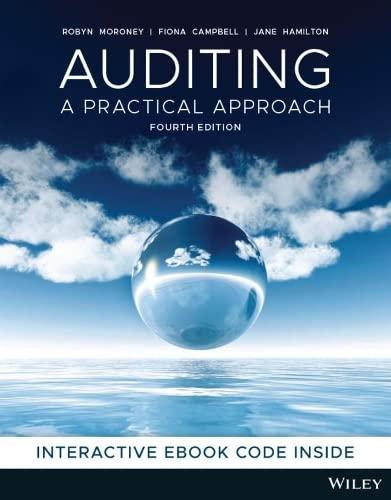Question
Practice Problem 16-1 (Part Level Submission) On January 1, 2016, Splish Company issued 10-year, $104,000 face value, 6% bonds at par (interest payable annually on
Practice Problem 16-1 (Part Level Submission)
On January 1, 2016, Splish Company issued 10-year, $104,000 face value, 6% bonds at par (interest payable annually on January 1). Each $1,100 bond is convertible into 30 shares of Splish $2 par value common stock. The company has had 11,000 shares of common stock (and no preferred stock) outstanding throughout its life. None of the bonds have been converted as of the end of 2017.
Splish also has adopted a stock-option plan that granted options to key executives to purchase 6,600 shares of the companys common stock. The options were granted on January 2, 2016, and were exercisable 2 years after the date of grant if the grantee was still an employee of the company (the service period is 2 years). The options expired 6 years from the date of grant. The option price was set at $5, and the fair value option-pricing model determines the total compensation expense to be $26,000. All of the options were exercised during the year 2018: 3,300 on January 3 when the market price was $7, and 1,100 on May 1 when the market price was $8 a share. (Ignore all tax effects.)
Assume that 75 percent of the holders of Splishs convertible bonds convert their bonds to stock on June 30, 2018,when Splishs stock is trading at $8 per share. Splish pays $2 per bond to induce bondholders to convert. Prepare the journal entry to record the conversion. (Also for this entry, why isn't there interest expense ? )
Step by Step Solution
There are 3 Steps involved in it
Step: 1

Get Instant Access to Expert-Tailored Solutions
See step-by-step solutions with expert insights and AI powered tools for academic success
Step: 2

Step: 3

Ace Your Homework with AI
Get the answers you need in no time with our AI-driven, step-by-step assistance
Get Started


